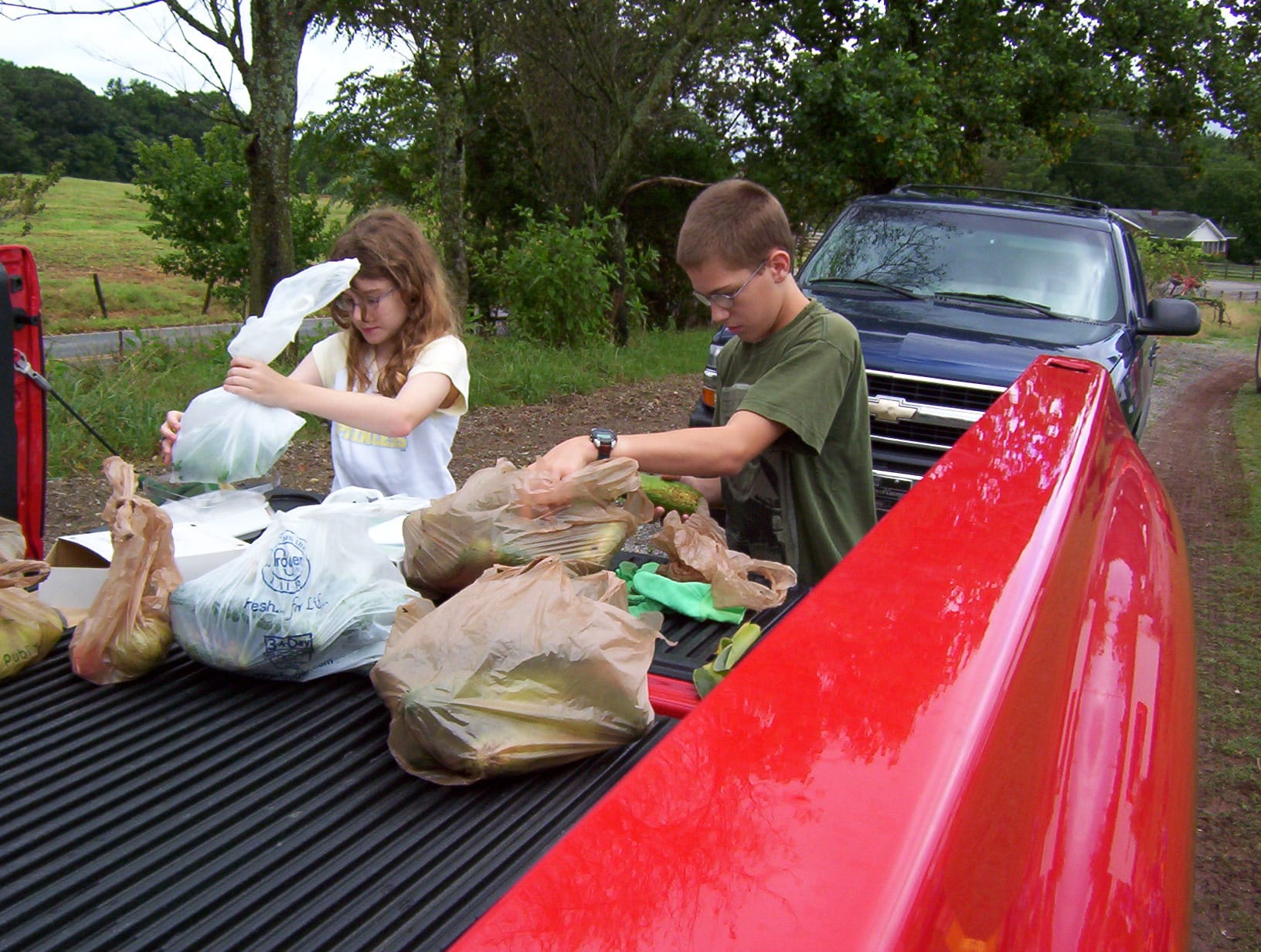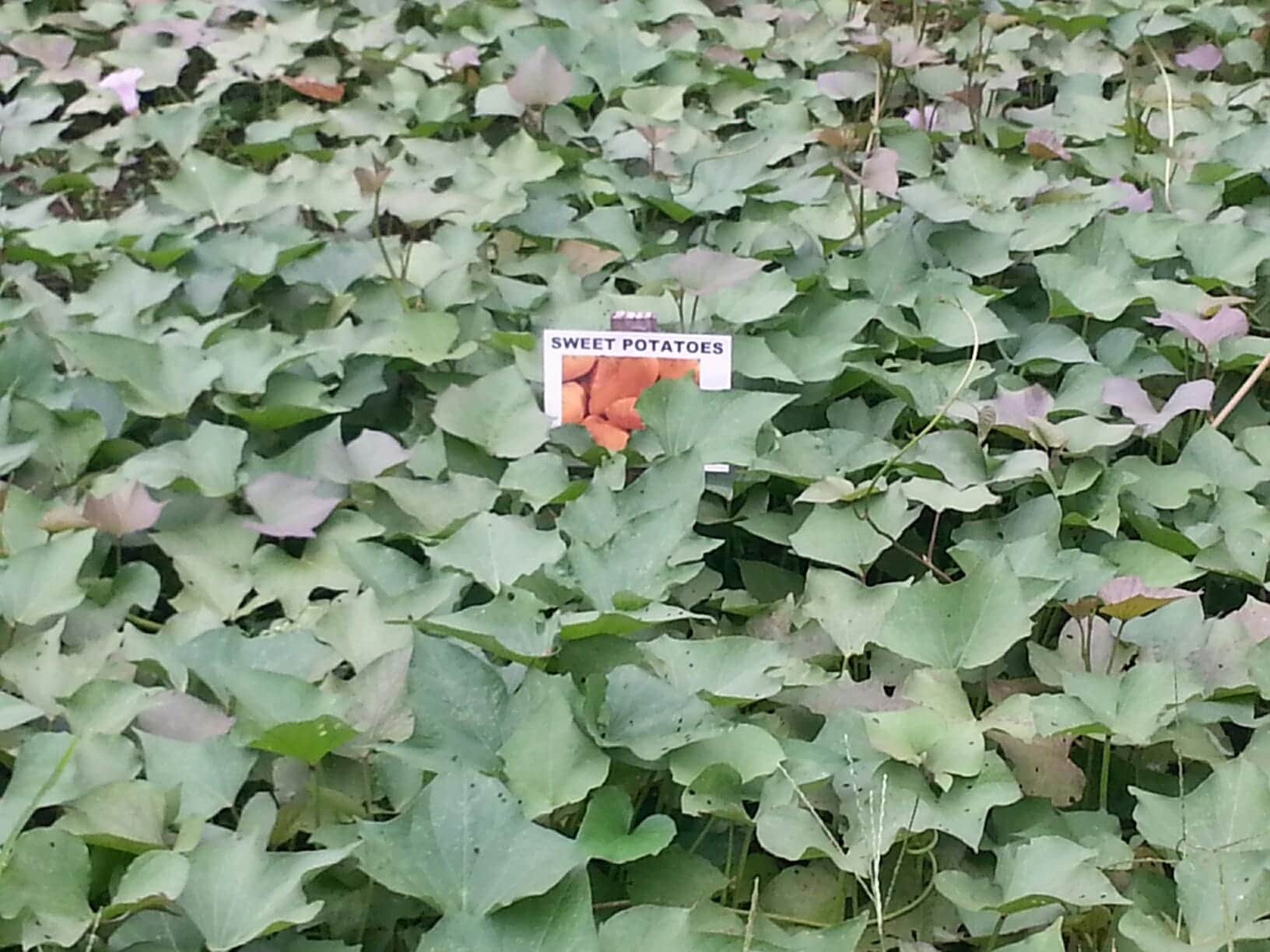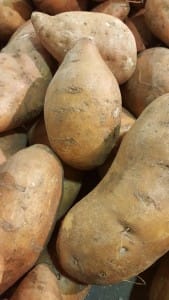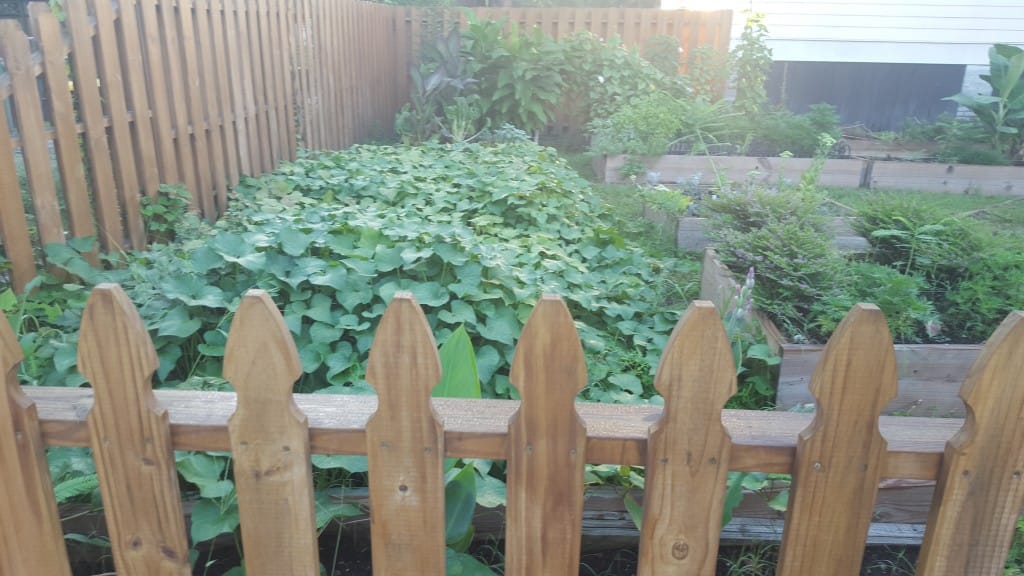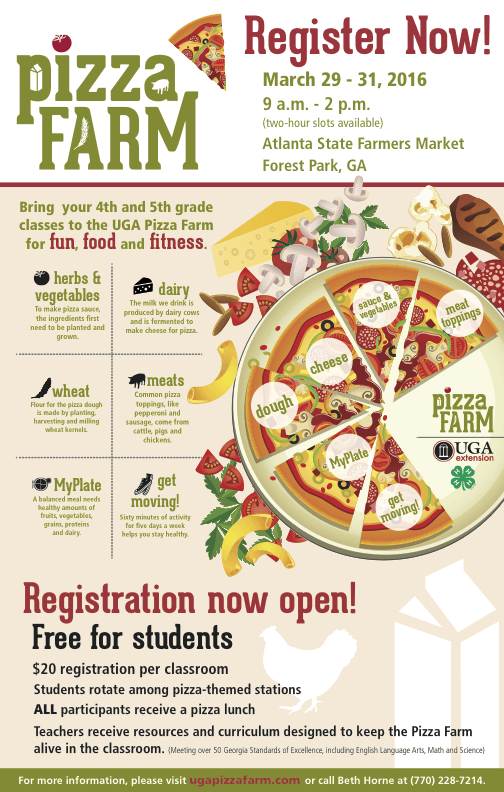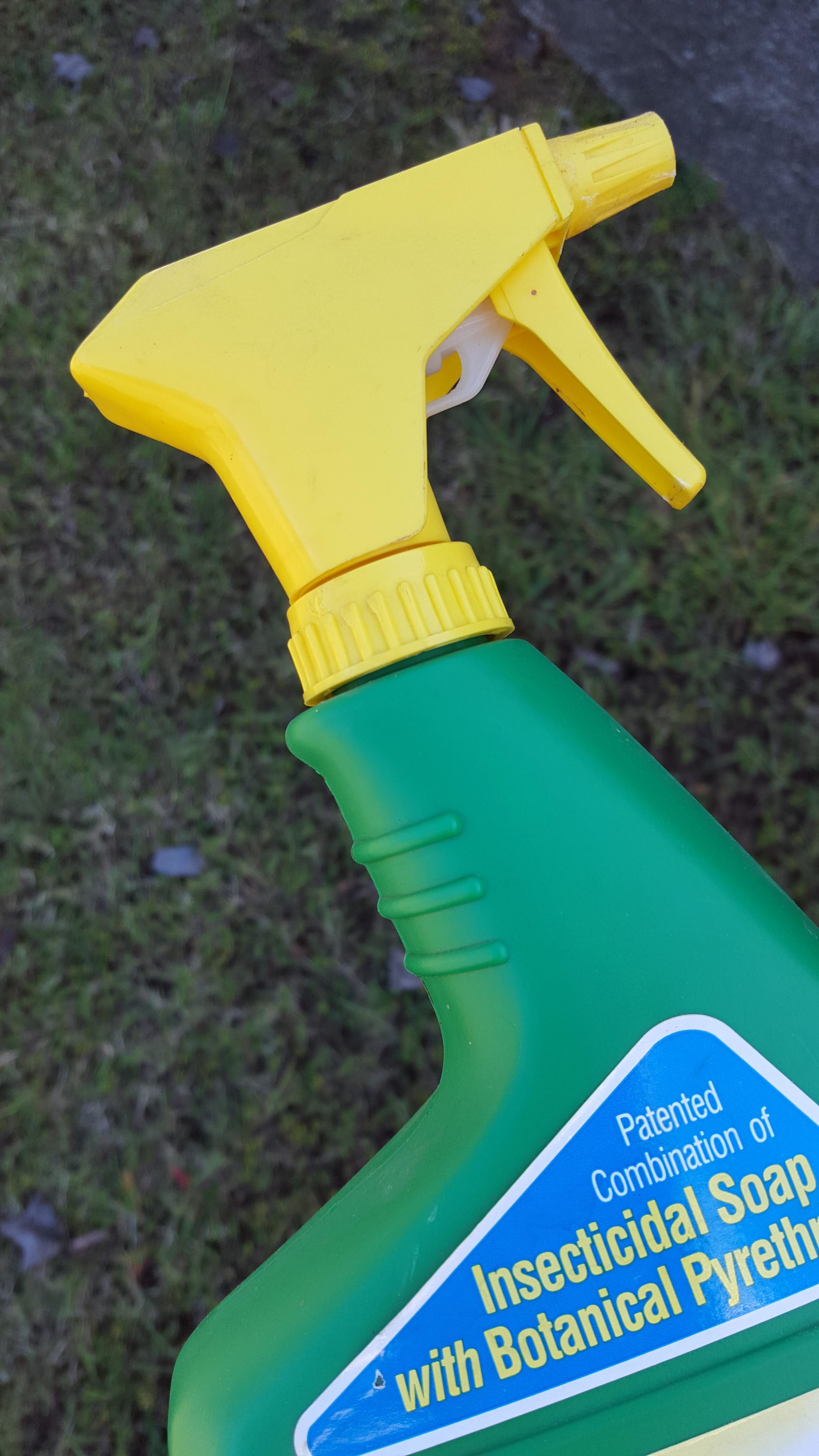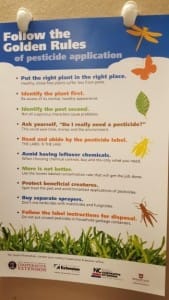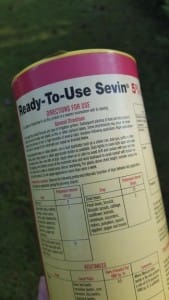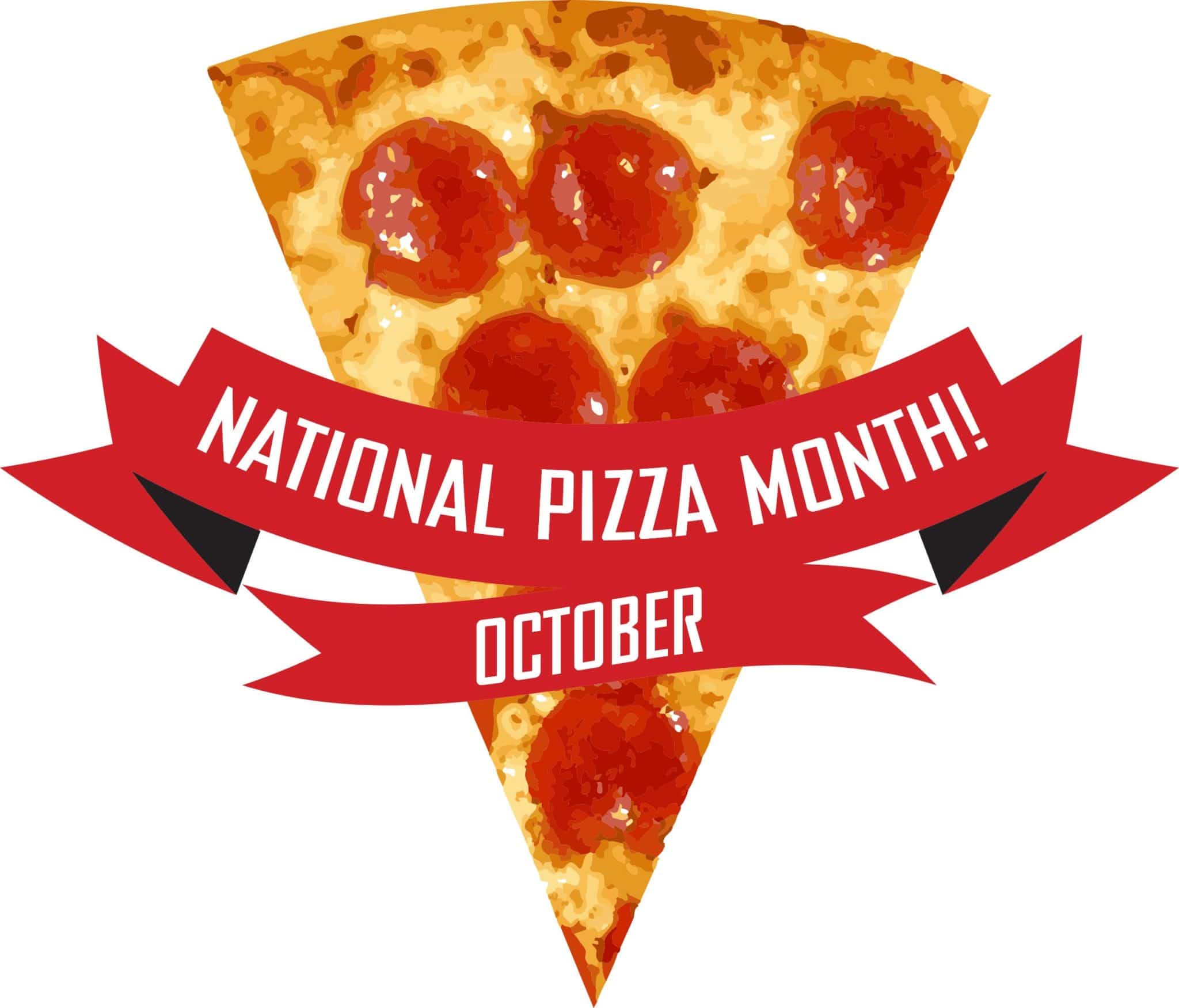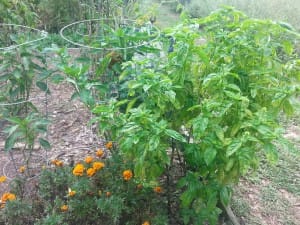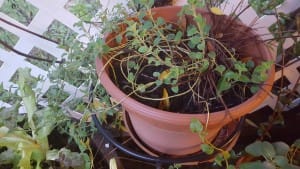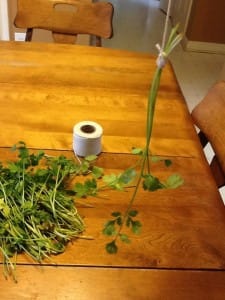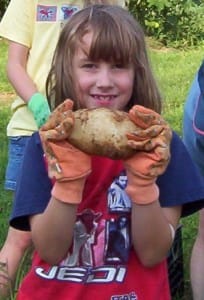
How much do you know?
How much do you know about food safety in the garden? In the heat of the summer do you immediately store your harvested produce in iced coolers? Do you know the safe practices for using manure or compost in your garden? How about sanitizing the containers you use to transport your produce?
No gardener ever wants someone to become sick from the food they have grown. Whether growing food for your family, a food pantry or a farmers market you need to take time to learn some basic food safety.
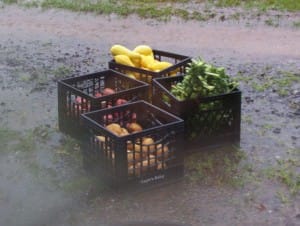
On-Line Food Safety Course
UGA Extension Food Specialist Dr. Judy Harrison has adapted one of her trainings to become a free on-line self-study course. Enhancing the Safety of Locally Grown Produce is training for small and very small farms but the information is applicable to community and school gardens. Included in the course are printable fact sheets and even a safe practices check sheet. Topics covered include land and water use; worker hygiene; sanitation of equipment; and safe storage and transport.
The course takes about two hours or so to complete. At the end of the course you can take a short survey and print a certificate of completion. THIS IS NOT A CERTIFICATION COURSE, however, it is good training that follows the USDA’s Good Agricultural Practices (GAP) principles and gets you started with basics of food safety. If you have any questions contact Dr. Harrison at judyh@uga.edu.
You local UGA Cooperative Extension office may also by offering food safety courses. I encourage you to invest the time in learning food safety practices and
Happy Gardening!
